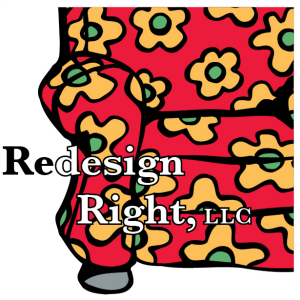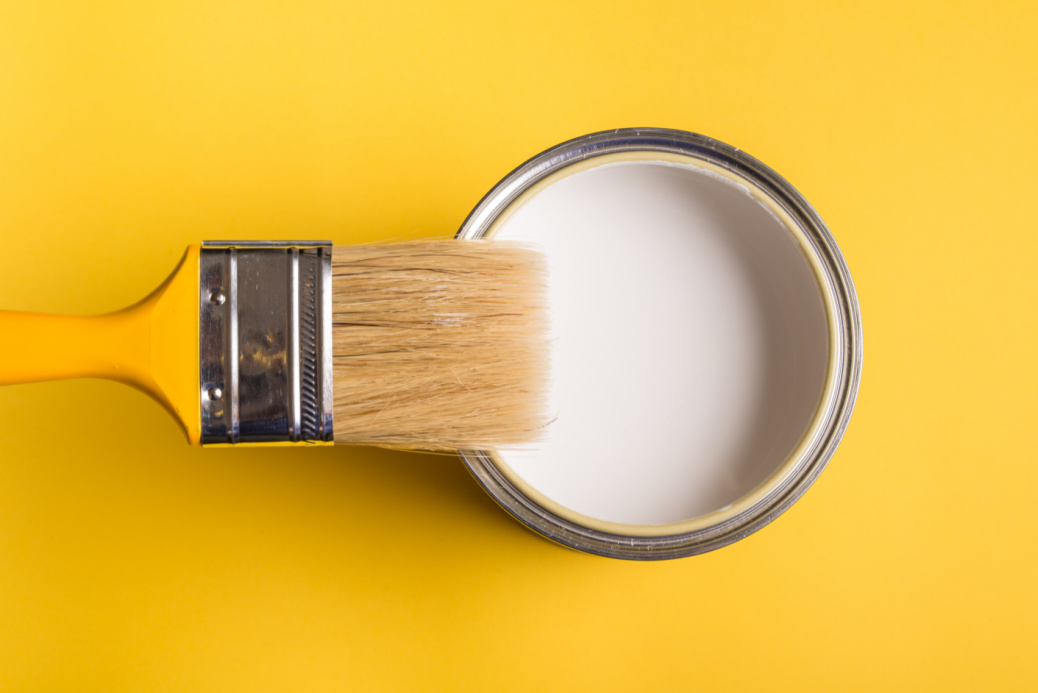Picking the right paint color can be challenging. As it can seem like a complicated topic, I will offer explanations and tips on choosing a paint color you will be happy with using in your home. First, an understanding of paint is required.
Understanding Color
There is the color you see, and then there is the hue or undertone of the paint. In the various color families, they will tend to a warm or cool color. To figure this out, compare the colors next to each other; you will notice the underlying tones. If you compare the color to a primary color (red, blue, yellow), this is another method to see the undertone of the paint color.
To view the undertone of a white or cream color, compare it to a piece of white printer paper. You will see if it looks warm with a red, orange, or yellow undertone or cool with a blue, green, or purple undertone. If you are looking at colors at a paint store, let’s say you are looking at a gray. Compare it to the other colors of gray paint chips, and you will see if the undertone goes to blue (a cool undertone) or pink (a warm undertone).
What is Light Reflective Value (LRV)?
Each paint color will have a Light Reflective Value (LRV) number. It “is used to identify how much light a color reflects or absorbs.” Why is that important? It will affect how you feel when you walk into a room; use that number to figure out how dark or bright the paint color will make the room look. You can find the LRV rating associated in the details or on the paint chip of each color.
The LRV ranges from 0 (dark colors) to 100 (lighter colors); the lighter the color, the higher the LRV number. Remember that the natural and artificial light sources in the room will significantly impact the look of the paint color.
Understanding Paint Finish or Sheen
Each paint manufacturer may have different names for the following sheens:
- Flat or Matte paint – is non-reflective and soaks up light; therefore, it’s great for hiding imperfections on the walls. It is not recommended in high-traffic areas.
- Eggshell – is a combination, not flat and not glossy. You can use a low-luster sheen in high-traffic areas.
- Satin – has a more reflective finish than eggshell, a velvety look, and more sheen than eggshell.
- Semi-gloss or high gloss finish – offers a highly reflective glossy look.
Generally, the higher the sheen, the more reflective finishes will show imperfections on the painting surface and resist dirt and mildew. Note: Each paint manufacturer may have a different scale for light reflection, and you will want to research before purchasing.
In my second article, I will focus on what to do next in your home painting project. If you want to speed up this process, call me at 610-955-8202 for a color consultation!
By Debbie Correale, Redesign Right, LLC. Stay connected on Facebook, Instagram, Pinterest, LinkedIn, and Houzz. Feature photo licensed from Shutterstock.

